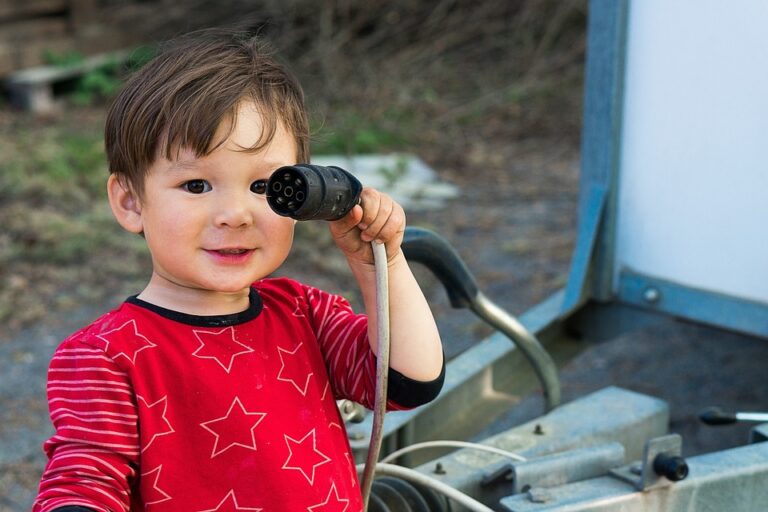
Managing challenging behaviors in the classroom can be one of the most difficult aspects of being a teacher. However, with effective strategies, educators can create a positive and supportive learning environment for all students. Here are some strategies that can help manage and reduce challenging behaviors in the classroom.
1. Establish clear expectations: It is crucial to set clear and consistent expectations for behavior from the beginning of the school year. Take the time to discuss and explain these expectations to the students, allowing them to ask questions and seek clarification. Post visual reminders of the expectations around the classroom to serve as reminders for students.
2. Build strong relationships: Building positive relationships with your students can make a world of difference in managing challenging behaviors. Take the time to get to know your students, their strengths, and their interests. Show empathy and understanding when they face difficulties. By creating a positive connection with students, they are more likely to respect and follow rules.
3. Use positive reinforcement: Acknowledge and reward positive behaviors to motivate students. Offer verbal praise, certificates, or small rewards to students who consistently exhibit desired behaviors. Positive reinforcement can help redirect students’ attention away from challenging behaviors and encourage their engagement in positive actions.
4. Implement a behavior management plan: Create a behavior management plan that outlines specific consequences for both positive and negative behaviors. Clearly communicate these consequences to students and ensure they understand the purpose behind them. Be consistent in applying consequences to maintain fairness and predictability.
5. Teach self-regulation techniques: Help students develop self-regulation skills by teaching them strategies to manage their emotions and behaviors. Teach deep breathing exercises, mindfulness techniques, or provide sensory tools that students can use when they feel overwhelmed or frustrated. By equipping students with self-regulation techniques, you empower them to take control of their behavior.
6. Differentiate instruction: Ensure that the curriculum and instructional approaches cater to the diverse needs and abilities of the students. When students feel challenged or disengaged, they are more likely to exhibit challenging behaviors. By differentiating instruction, educators can provide appropriate levels of support or challenge to keep students motivated and engaged.
7. Collaborate with parents and guardians: Establish open lines of communication with parents or guardians to address any challenges faced by the students. Provide regular updates on both positive and negative behaviors, and seek their input on effective strategies. Encouraging a partnership between home and school can create a consistent approach across different settings, which can promote positive behavioral changes.
8. Seek professional development: Continuous learning is vital for teachers to effectively manage challenging behaviors. Attend professional development workshops or conferences focused on behavior management strategies, classroom management techniques, and building positive relationships with students. Sharing experiences and learning from other educators can be invaluable.
Managing challenging behaviors in the classroom requires a multi-faceted approach that incorporates a variety of strategies. It is essential to remember that every student is unique, and what works for one may not work for another. Be patient, flexible, and open to finding new ways to engage and support students. With consistent effort and a positive mindset, educators can create a classroom environment that fosters learning and supports the growth and development of all students.
Younger Glowing Skin - Discover Ancient Ayurvedic Secrets at DoctorIndiaHerbals.com
Explore One of the Largest Collections of Dinosaur-Themed Toys, Games, Gifts, Decor, and More at DinoAvenue.com
Discover Premium Design Elevator Shoes for Men and Women at LondonCobblers.com
Discover Hidden Family Destinations for Vacations at Places.Travelz.io
Find the Best Deals on Airfare and Hotels with Advanced Metasearch Technology at www.Travelz.io
30% off on Kids items
STEM science experiments for Kids
Premium Science Toys and experiments